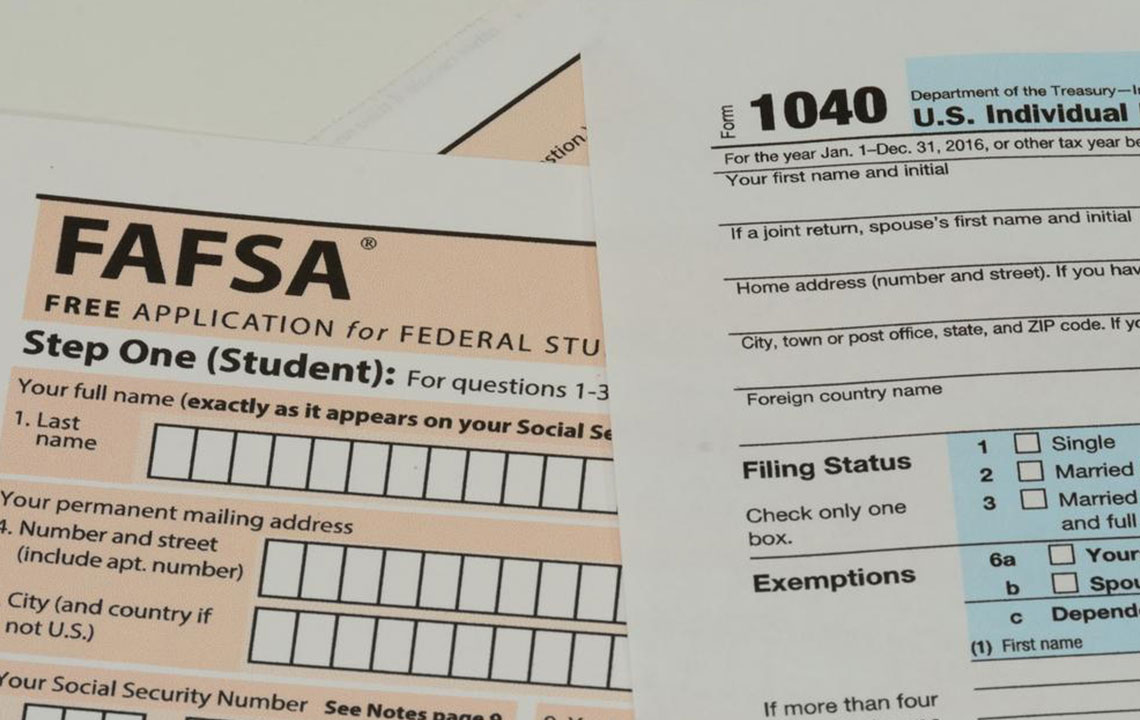Comprehensive Guide to Successfully Applying for the Pell Grant
This comprehensive guide offers detailed insights into the Pell Grant, a vital federal aid program that helps low-income students afford college. Learn about its origins, eligibility criteria, and the application process to maximize your chances of receiving financial support for higher education without repayment obligations.

Comprehensive Guide to Successfully Applying for the Pell Grant
Securing adequate financial assistance for higher education has become a critical concern for countless students aiming to pursue college degrees today. With the rising costs of tuition and associated expenses, navigating the landscape of financial aid options is more important than ever. Among various sources—government programs, private scholarships, and loans—federal grants like the Pell Grant stand out as a valuable resource offering significant financial relief. This guide provides an in-depth view of the Pell Grant, outlining its origins, eligibility requirements, application procedures, and tips for maximizing your chances of approval.
Over the years, the struggle to afford higher education has intensified due to escalating college fees, prompting students and families to seek reliable financial aid sources. While federal student loans are readily available, their high interest rates and long-term repayment obligations have made many students hesitant. Instead, grants such as the Pell Grant have emerged as an optimal solution, providing free funding that doesn't require repayment. Understanding how to access these funds, the conditions involved, and the application process can help you unlock opportunities to finance your college education more effectively.
Here’s a detailed overview of the Pell Grant, an essential federal program designed to make higher education more accessible and affordable for students from low-income backgrounds.
What is the Pell Grant?
The Pell Grant is a form of federal financial aid awarded directly to eligible students attending college or career school to help cover tuition and other associated costs. Unlike student loans, this grant does not require repayment, making it a highly advantageous form of financial support. Its primary purpose is to bridge the financial gap for students who show significant economic need, ensuring wider access to higher education regardless of income levels.
Historical Background and Development of the Pell Grant
The Pell Grant was established in 1965 as part of the Higher Education Act, with the goal of assisting low-income students in their pursuit of higher education. Originally named the Basic Grant, it was later renamed in 1978 in honor of Senator Claiborne Pell, who played a vital role in expanding the program. Over the decades, the program has undergone multiple revisions to adapt to changing economic circumstances and educational costs, ultimately becoming one of the most relied-upon sources of federal student aid aimed at increasing college accessibility.
Eligibility Criteria for Pell Grant Assistance
The program is primarily targeted at students from families with limited financial resources, often those with annual household incomes below approximately $25,000. This threshold was set based on the average costs associated with college attendance when tuition ranged between $28,000 and $32,000 per year, ensuring that the grant remains accessible to students in genuine need. In addition to income, eligibility is also determined by other factors such as enrollment status, citizenship, and academic progress.
To receive a Pell Grant, students are required to complete the Free Application for Federal Student Aid (FAFSA), which assesses their financial situation and calculates their eligibility for various types of aid. Submitting the FAFSA early and accurately increases the likelihood of securing maximum funding. Deadlines vary by state and institution, so it’s important to stay informed about specific deadlines to avoid missing out. Additionally, students should check if their college or program participates in the Pell Grant program and meets all eligibility criteria.
Understanding the application process, eligibility requirements, and strategic planning can significantly enhance your chances of benefiting from the Pell Grant. Remember, the goal of this federal program is to promote higher education access for everyone, especially those facing financial hardship. By properly preparing your application and meeting all deadlines, you can take a vital step toward achieving your educational goals without the burden of insurmountable debt.





